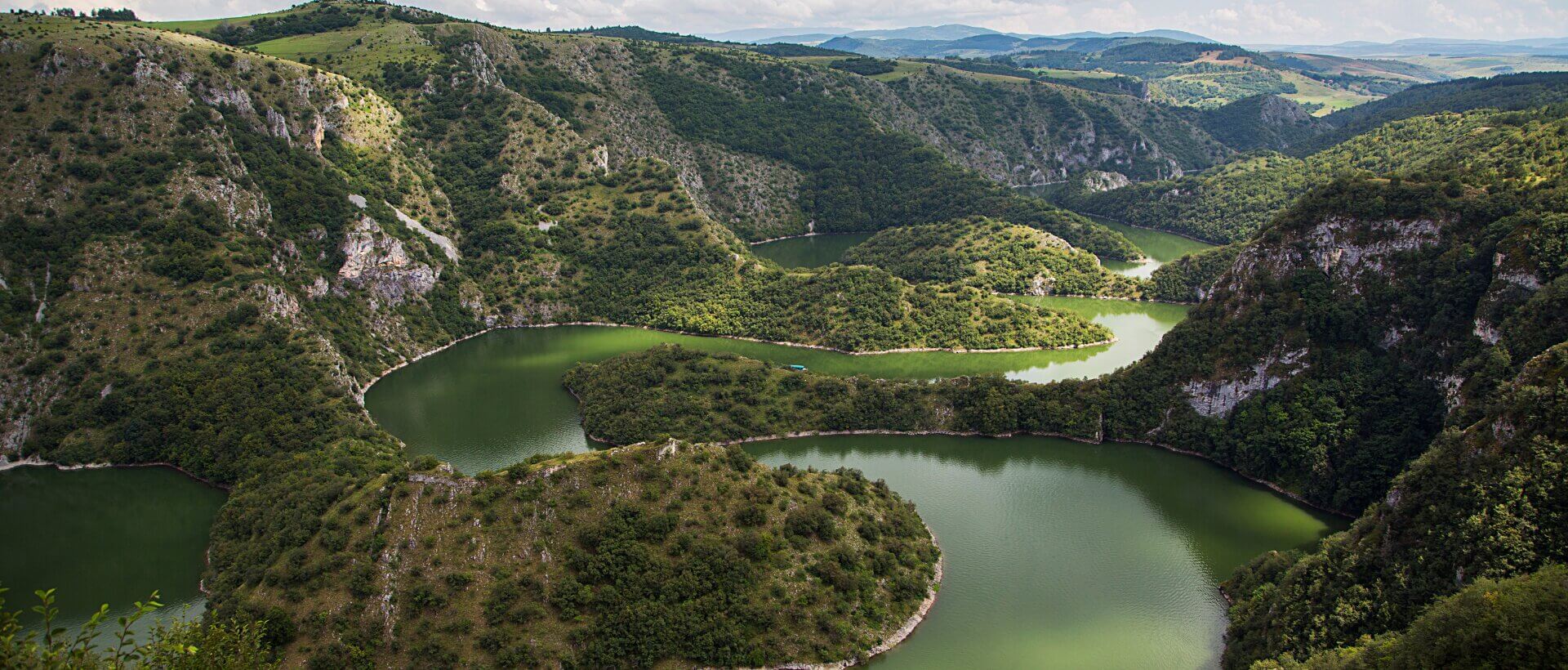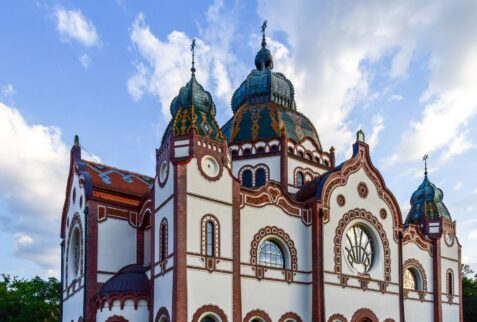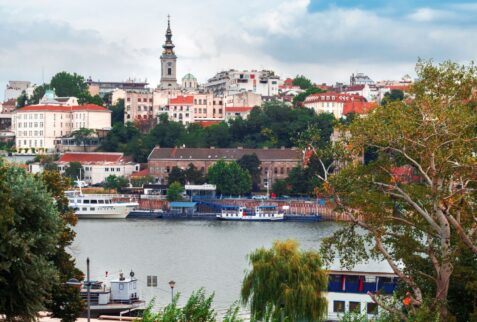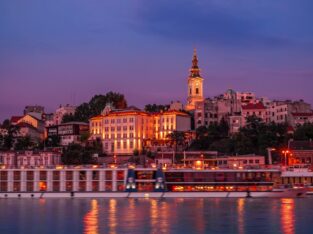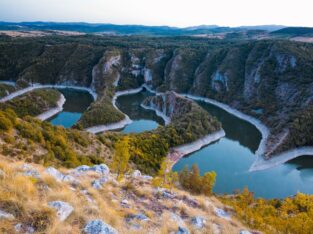In Serbia, there's more than meets the eye
Serbia is a landlocked country in southeastern Europe. It’s bordered by Hungary, Croatia, Hungary, Slovenia and Macedonia. It also has a coastline on the Adriatic Sea. Serbia’s capital is Belgrade and it has a population of about 7.4 million people. Belgrade is a bustling city that’s home to a wide range of cultural treasures. It’s one of the oldest cities in Europe and was once the capital of the Serbian Empire. These facts give you a good idea of what to expect when you visit Serbia.
The name “Serbia” comes from the name of an ancient Roman province. It’s a multiethnic country that’s home to more than 250 ethnic groups. The nation is mostly Slavic but is also home to non-Slavic minorities like Roma and Ghegs. Serbia is also one of the most religiously diverse countries in Europe. There are many different denominations of Christian churches, including Eastern Orthodoxy, Roman Catholicism, Lutheranism and more.
Belgrade is the capital city and it’s known as the “Queen of the Danube.” This river forms part of the country’s border with Bulgaria, Hungary and Croatia. The river runs through Belgrade and creates a natural barrier between the city’s districts. The capital is also famous for its old architecture, which has been preserved for centuries thanks to its geographic isolation from other countries.
Serbia’s natural beauty is also legendary— especially its lakes and mountains. Lake Savudrija is located in Bulgaria, but is part of Serbia’s Lake Scutari system. Mount Avala dominates this lake system and dominates much of Serbia’s northern region as well. In fact, it’s the tallest mountain in the country with an altitude of 2,922 feet. Mount Elbrus — which has an elevation of 22,870 feet — is also part of this mountain range. Other famous mountains include Tara, Zmaj Crkva and Svrljig Crkva.
Aside from its natural beauty, Serbia is known for its rich history and culture. It was once part of the Ottoman Empire before becoming independent in 1878. During these years, Serbia was ruled by various empires including Austria-Hungary, Germany and Austria— each for a period of time. After World War I ended in 1918, Serbia became an official member of the newly formed Kingdom of Serbs, Croats and Slovenes (later renamed Yugoslavia). During World War II Yugoslavia was occupied by Germany while Russia occupied much of northern Serbia until 1941 when Italy invaded Yugoslavia until 1944 when Germany invaded Yugoslavia until 1945 when Allied troops occupied Yugoslavia until 1948 when Yugoslavia became independent under the reigns of Josip Broz Tito until 1991 when Kosovo declared independence under Slobodan Milosevic’s regime until 1999 when NATO intervened as peacekeepers to stop ethnic cleansing during the Kosovo War until 2008 when Kosovo became independent under Boris Tadic’s regime until 2016 when more than one million citizens fled unrest after anti-government protests erupted into genocide against ethnic Albanian citizens until 2017 when Donald Trump recognized Kosovo as an independent state under Hashim Thaci’s regime
A trip to Serbia will show you a beautiful land filled with natural wonders and rich history. You’ll learn about its people and culture while enjoying their hospitality— both on your visit and later through books and other media about their country. Even if you don’t plan on spending any time there yourself, you should know about this beautiful nation!
Sorry, the comment form is closed at this time.


